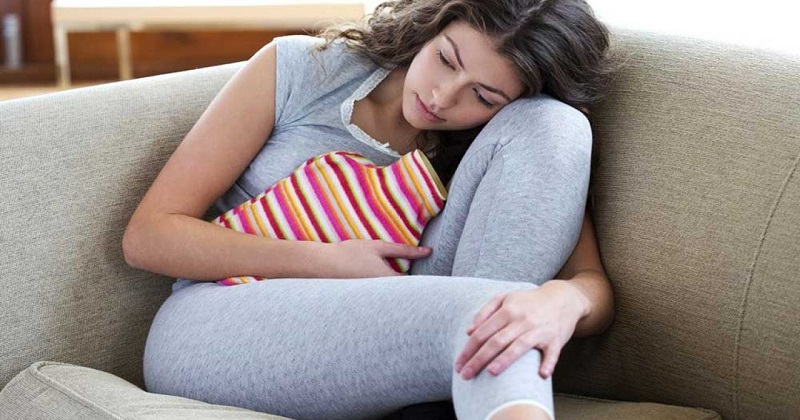
Menarche, or the first period, maybe a challenging time for an adolescent or pre-teen. Because pubertal changes are related to emotional as well as physical changes, parents must keep their kid informed about the metamorphosis, sexual health, menstrual hygiene, and so on. The sequence of pubertal changes, according to Dr. Geeth Monnappa, consultant, obstetrics and gynecology, Fortis hospital, Richmond Road, Bangalore, is as follows: a girl would begin to notice changes in her body between the ages of 8 and 15. These modifications take place in a logical order.
- Breast development/thelarche: The formation of tiny breast buds beneath the nipple.
- Pubic and axillary hair (pubarche): Small fine hair growth in the armpits and pubic region observed as breast buds mature.
- Growth surge: A growth spurt occurs shortly after. A girl reaches the majority of her adult height by the time she gets her first period, however, she may continue to develop until she is 16 to 20 years old.
- First period/menarche: The following changes culminate in the first period/menarche, which is sometimes considered a child’s official entry into adulthood.
‘Between the ages of 8 and 13, a youngster can begin growing breasts and axillary hair. Genetics, diet, and socioeconomic circumstances all impact puberty age. Obese youngsters generally reach puberty sooner than normal-weight children. Parents can expect their kid to have her first period between 2-5 years following the formation of a breast bud/axillary and pubic hair,’ the doctor says, adding that the lack of breast development and hair growth at 13 years of age requires additional investigation. Similarly, breast development and hair growth before the age of eight necessitate a thorough examination.
Menstrual awareness
Parents must teach their children about menstruation as soon as they observe changes in their child’s body, what it implies, and the options available for monthly hygiene – sanitary pads, tampons, and menstrual cups — as well as the benefits and drawbacks of each. ‘Most essential, they must inform her that this is a common occurrence,’ the doctor advises.
What to expect in the first few years after the first period?
According to Dr. Monnappa, the first phase represents the activation and development of the hypothalamo-pituitary-ovarian axis (the nerve impulses between the brain and the reproductive organs), which remained inactive during infancy. Within five years after the first era, a consistent pattern emerges.
Normal bleeding patterns during this phase:
* Time frame: up to 7 days
* Periodic interval: 21-45 days
* Pad/tampon replacement: 3-6 times per day
‘If a girl has excessive bleeding that lasts more than 7 days or no periods for more than 90 days after her first period, she should be checked for thyroid issues, PCOS, and bleeding disorders. After 2-5 years, the menstrual cycle settles into a regular adult rhythm with an interval of 21-35 days. Period pain/dysmenorrhea is a common condition. It should be assessed if it is incapacitating, needing medicine, or stopping her from conducting usual activities,’ she recommends.
HPV vaccination and sex education
Although most parents are uneasy, now is the time to teach your child about the body, sex, protection, and pregnancy. ‘The first period might also serve as a gentle reminder to get the HPV vaccine to protect against cervical cancer. Because the vaccination is most effective prior to the commencement of the sexual activity, it is suggested for females aged 9 to 26,’ the doctor concludes.

Post Your Comments